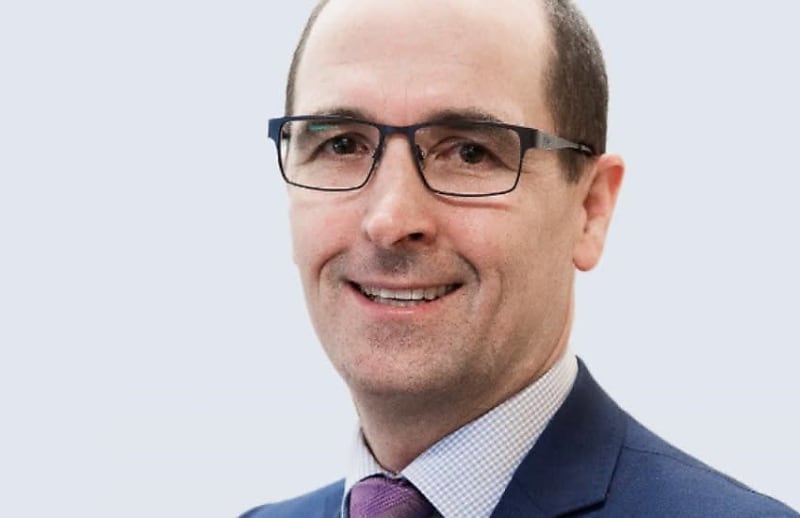ABS app ‘to simplify task of responding’ to business surveys
BusinessReturning useful data to businesses should eventually help broaden the sample set, the bureau hopes.

Businesses selected to supply ABS survey data will soon have an app that syncs with accounting software to simplify the process, says John Shepherd of the Australian Bureau of Statistics (ABS).
The first government-developed app in accounting software stores would also incentivise businesses to engage with the process by – eventually – sending back useful data, he said.
Mr Shepherd, who is general manager of the national data acquisition division, said the ABS Business Reporting app built on initiatives like the ATO’s Single Touch Payroll.
“It will enable a business to effectively map the data in their accounting software to the questions we ask,” he said.
“Then each quarter when they have to report to us, they can just check that data and send it to us without having to log on and answer a whole lot of survey questions.”
The app would also make it easier for accountants who responded on the behalf of clients.
“Some of our surveys are completed by accountants or bookkeepers on behalf of the business but we don’t manage it as a different relationship – we manage it as if the business was reporting to us.
“Through this change we’re looking to better recognise data coming from an accountant or bookkeeper, but also make it easier over time for accountants or bookkeepers to report on all of their clients if they want to report to us.”
The app would be trialled in 50 businesses using Xero software this month, expand to MYOB in the June quarter and, following a review, be more widely available from September.
Mr Shepherd will be on a panel discussing Practical Big Data at the inaugural Accountex event in Sydney today.
He said the 15,000 businesses selected to provide survey data were obliged to respond, much as individuals have to fill in the census, and the ABS typically rotated the sample set every three years.
The sample size was sufficient for national economic statistics, he said, but would need to be larger for more detailed industry sector information.
Making the reporting process easier was a first step in expanding that sample size and once businesses began to get useful data back he hoped for wider participation.
“People filling in surveys takes time. And so as part of this, we’re looking to actually provide data back to businesses who report through this channel,” he said.
“Initially, that might be data that’s useful about their customer area.
“Over time, we’re looking to play that data back to businesses so that they can see how they compare to businesses in their industry and their location.
“So business reports to us, they then get a report back that this is how they compare to their peers.”




